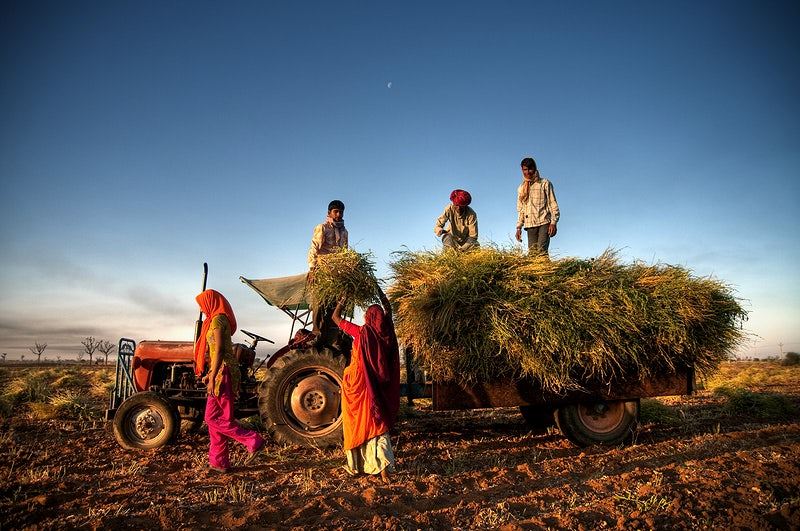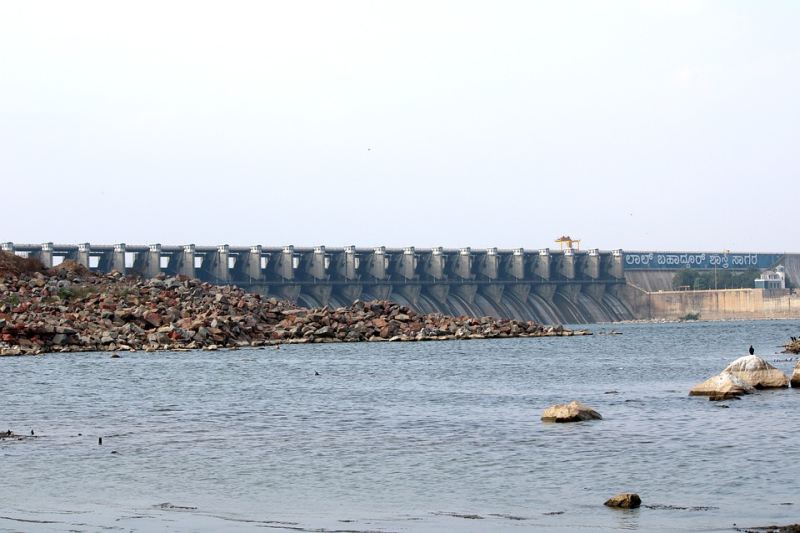Energy sector review: India
Energy is an essential part of the infrastructure and its importance for a country's economic progress and wellbeing could not be overestimated. The development of a sustainable and secure energy future is critical for the economy's long-term prosperity.
The energy sector of India is one of the most diverse in the world. Power generating sources include coal, nuclear power, oil, and natural gas, as well as renewables, and different types of waste. It is expected that the demand for electricity consumption in the country will increase significantly in the upcoming years. To fulfil the country's growing need for energy, huge progress in power generation ability is indispensable.
India placed sixth among the top countries that have made substantial investments in renewable power, with a total of approximately 90 billion dollars, and became the country that is closest from all G20 nations to the accomplishment of the Paris Climate Agreement's objectives, according to the Climate Transparency Report of 2020.

Three fuels meet more than 80% of India's energy needs: oil, coal, and solid biomass. Coal has fuelled the rise of power generation and industry, and it continues to be the most important fuel in the energy mix. Oil consumption and imports have increased fast as car-owning and transport utilization have increased. Biomass, mainly fuelwood, is a diminishing component of the energy mix, but it is still widely utilized as cooking fuel. Despite recent achievements in extending liquefied petroleum gas availability in remote regions, more than 650 million Indian people have not entirely transitioned to contemporary clean cooking fuels or techniques.
Natural gas and renewables lately have begun to gain traction and were least harmed by the impacts of the Covid-19 epidemic in 2020. The emergence of solar PV has been a remarkable breakthrough and governmental backing and technical cost reductions have swiftly made it the most inexpensive choice for new power generation.
For India, adopting sustainable electricity is important for the transition to renewable energy, but persistent power sector issues and notable instability among distribution businesses, are major impediments. Resolving the financial issues of distribution companies is also critical for attracting new investors. Some significant schemes for distribution firms have already been approved, such as the USD 19 billion emergency credit facility established in the early months of COVID-19. These current steps must be properly applied to produce long-term, positive improvements, rather than just bailing out inefficient economic models.

Despite low CO2 emissions per person, India is in third place among the worldwide biggest CO2 emitters. The carbon emissions of its electricity industry, in particular, are significantly higher than the global regular. Furthermore, particulate matter emissions are a key contributor to air pollution, which has evolved as one of India's most critical environmental problems: in 2019, over one million people died prematurely as a result of atmospheric air pollution.
Falling grid-scale solar prices have posed economic problems for coal generation. And, while coal contributes significantly to government income its total cost is far greater than its net contributions. Despite this, a succession of recent authorities’ moves has benefited coal by lowering environmental requirements. This includes the repeal of coal-washing requirements and the postponement of accordance with air pollution standards. Such actions would further worsen pollution-related health issues in a situation where major Indian cities have already led worldwide air pollution rankings.

As for renewables, wind and solar generation in India have skyrocketed since 2015. It increased from 39 TWh in 2015 to 119 TWh in 2020, with solar accounting for two-thirds of the increase. Their yearly growth rate, however, has dropped year after year, from nearly forty percent in 2016 to only nine percent in 2020. Nonetheless, wind and solar have provided an astounding 8.9 percent of India's electric energy in 2020. This is somewhat lower than the worldwide average of 9.4 percent. However, the figure is close to levels found in China (9.5 percent), Japan (10.1 percent), Brazil (10.6 percent), and the United States (11.6 percent). Europe is on top, with Germany at 32.7 percent and the United Kingdom at 28.5 percent.
India has implemented numerous policies aimed at ensuring sustainable and reliable power prospects for the country. The Government of India has announced a strategy for achieving 227 GW of renewable energy capacity (of which 114 GW is planned for solar power, 67 GW for wind power, and the rest 46 GW for other power types, including hydro and bio powers) by 2022. It also proceeds to develop a special program called "rent a roof" to meet the objective of generating 40 GW of power from solar rooftop projects by 2022. There are high expectations of achieving the goal of generating 500 GW with renewables by 2030 as well.
The ongoing industrialization and urbanization of India place enormous expectations on the country's energy industry. Today, energy consumption per capita is less than half that of the worldwide average, and there are significant variations in energy consumption and service quality among states and between rural and urban areas. All in all, energy affordability and security for consumers will stay the major targets for India's energy sector in the nearest future.
